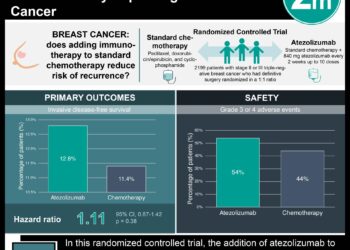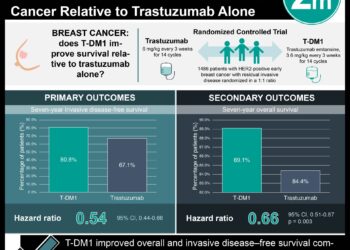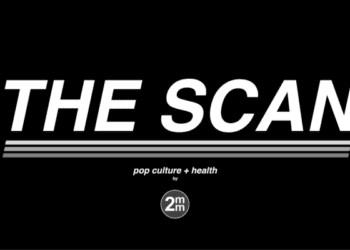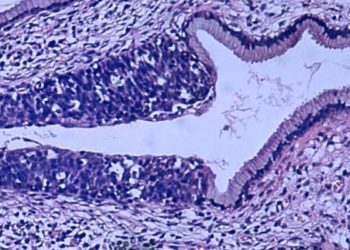Quantifying the reduction of primary breast cancer associated with exercise
1. Across a follow-up period of approximately 5 years, there was a non-linear relationship between exercise at breast cancer diagnosis and distant recurrence-free interval (DRFI), with greater exercise exposure up to a certain threshold correlating with greater reductions in the risk of recurrence.
2. The relationship between the level of exercise at diagnosis and DRFI events was only observed in the premenopausal population and not the postmenopausal population.
Evidence Rating Level: 2 (Good)
While studies have shown that exercise both before and after breast cancer (BC) diagnosis is associated with reduced mortality, the association between exercise and disease recurrence after BC diagnosis has not been thoroughly investigated. This multicentre prospective cohort therefore sought to evaluate the relationship between exercise dose and distant recurrence-free interval (DRFI) in BC. Between March 2012 and February 2018, 10,359 patients (mean [SD] age = 56.3 [11.2] years) with stage I-III BC were assessed at baseline and follow-up visits at 1, 2, 4 and 6 years following diagnosis. To account for potential confounding variables that could influence exercise dose at diagnosis, propensity score inverse probability (IPTW) Cox models were used (n = 9,051). Exercise dose was obtained by multiplying the weekly activity session frequency by the average session duration, weighted by the corresponding standardized metabolic equivalent of task (MET) value to yield a total MET-hours per week (MET-h/wk). Across the overall cohort, there was a nonlinear relationship between pre-treatment exercise and DRFI (P = 0.0097), with exercise dose beyond 5 MET-h/wk showing an inverse linear reduction in recurrence risk up to a threshold of 25 MET-h/wk. When comparing an exercise dose of <5 MET-h/wk to an exercise dose of ≥ 5 MET-h/wk in the IPTW population, the adjusted hazard ratio was 0.82 (95% CI = 0.67 to 1.00). Interestingly, this relationship between pre-treatment exercise and DRFI was only observed in the IPTW premenopausal cohort and not the IPTW postmenopausal cohort. Overall, this study found that the relationship between exercise dose at BC diagnosis and risk of DRFI events is nonlinear and further studies investigating the antitumour activity of exercise therapy are warranted.
Click to read the study in JCO
Image: PD
©2024 2 Minute Medicine, Inc. All rights reserved. No works may be reproduced without expressed written consent from 2 Minute Medicine, Inc. Inquire about licensing here. No article should be construed as medical advice and is not intended as such by the authors or by 2 Minute Medicine, Inc.







